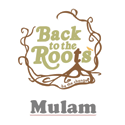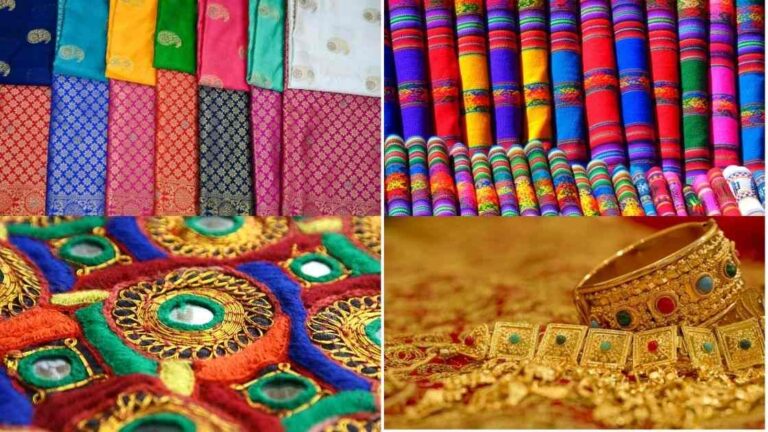Indian Fashion
Indian fashion is a diverse and vibrant reflection of the country’s rich cultural heritage, history, and modern sensibilities. It encompasses a wide range of clothing styles, textiles, and design aesthetics, making it one of the most dynamic fashion scenes in the world. Here are some key aspects of Indian fashion:
- Traditional Attire: India is known for its traditional clothing, including sarees, salwar kameez, lehengas, and dhotis. Each region has its own unique traditional attire with distinct styles, fabrics, and embroidery.
- Saree: The saree is a quintessential Indian garment worn by women. It is a long piece of fabric draped in various styles, and it comes in countless designs and materials, including silk, cotton, and georgette.
- Men’s Attire: Traditional Indian men’s clothing includes the kurta, sherwani, dhoti, and bandhgala. These outfits are often worn during special occasions, weddings, and festivals.
- Textiles: India is celebrated for its textile industry. Fabrics like silk, cotton, wool, and jute are used to create a wide range of textiles, from the rich Banarasi silk to the vibrant Kalamkari prints.
- Handicrafts and Embroidery: Indian fashion often features intricate hand-embroidery and embellishments. Techniques like zardozi, chikankari, and mirror work are highly regarded.
- Jewelry: Indian jewelry is known for its opulence and craftsmanship. Pieces like Kundan, Meenakari, and Polki are often worn by brides and at special events.
- Bollywood Influence: Indian fashion is heavily influenced by the film industry, Bollywood. What celebrities wear in movies and at red carpet events often sets trends that are followed by millions of fans.
- Fusion and Modern Styles: Indian fashion designers have successfully blended traditional and modern elements to create unique, contemporary clothing. This fusion has given rise to Indo-Western outfits that are popular both in India and internationally.
- Wedding Attire: Indian weddings are extravagant affairs, and the bridal attire is a crucial element. Bridal outfits often include heavily embroidered lehengas or sarees, complemented by intricate jewelry.
- Regional Diversity: Each state and region in India has its own distinct fashion and textile traditions. This diversity allows for a wide range of choices when it comes to clothing and fashion aesthetics.
- Fashion Weeks: India hosts several fashion weeks, including the Lakme Fashion Week and the Amazon India Fashion Week. These events showcase the work of both established and emerging designers.
- Global Presence: Indian fashion has made a significant impact on the global fashion scene. Designers like Manish Arora, Sabyasachi Mukherjee, and Ritu Kumar have gained international recognition.
- Sustainable Fashion: There’s a growing emphasis on sustainable and eco-friendly fashion in India, with designers and brands using organic materials and ethical production practices.
Indian fashion is not only about clothing; it’s also a means of expressing cultural identity, creativity, and innovation. It continues to evolve, combining the best of tradition and modernity to create an ever-evolving and exciting fashion landscape.
Related Links
Content Specific Keywords:#mulambacktotheroots#indianfashion#indiantradition#fashionblogger#style#indian#wedding#lehenga#kurti#sareelove#traditional#sarees#indianfashionblogger#designer#partywear#ethnic


